Music
Daniil Trifonov Performs Rachmaninov
Breathtaking pianism from Trifonov
Sydney Symphony Orchestra
by Malcolm Gillies •

Daniil Trifonov (courtesy of Sydney Symphony Orchestra)
Friday night’s Sydney Symphony treat at the Opera House’s Concert Hall was a sold-out affair. The audience sizzled with expectation at the prospect of hearing a ‘world celebrity’. Daniil Trifonov was in town ‘performing Rachmaninov’, as the informative program’s cover proclaimed. But which Rachmaninov? Well, it was Trifonov’s favourite among Rachmaninov’s four concertos: the Fourth.
Continue reading for only $10 per month. Subscribe and gain full access to Australian Book Review. Already a subscriber? Sign in. If you need assistance, feel free to contact us.
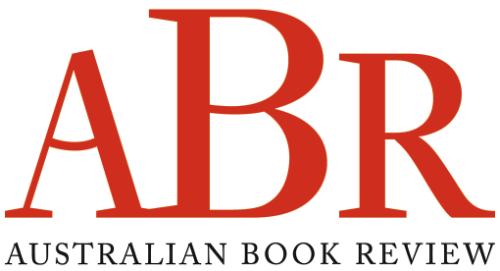

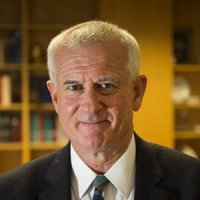
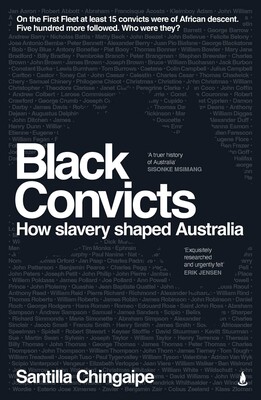
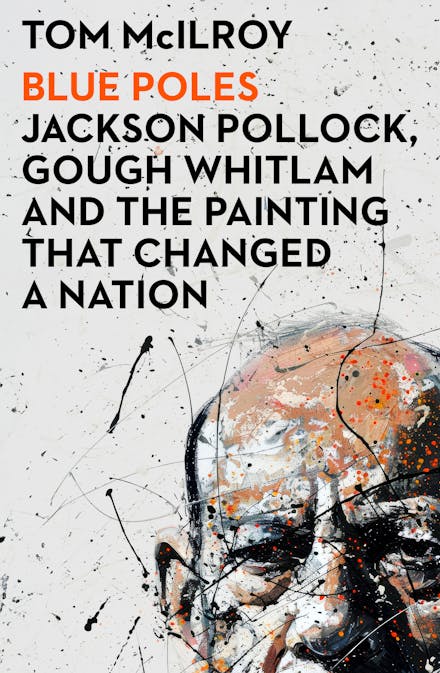
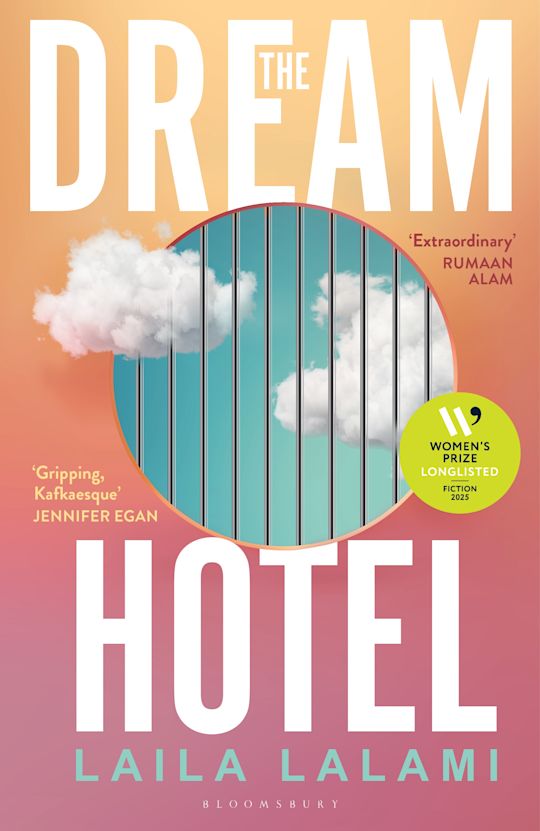
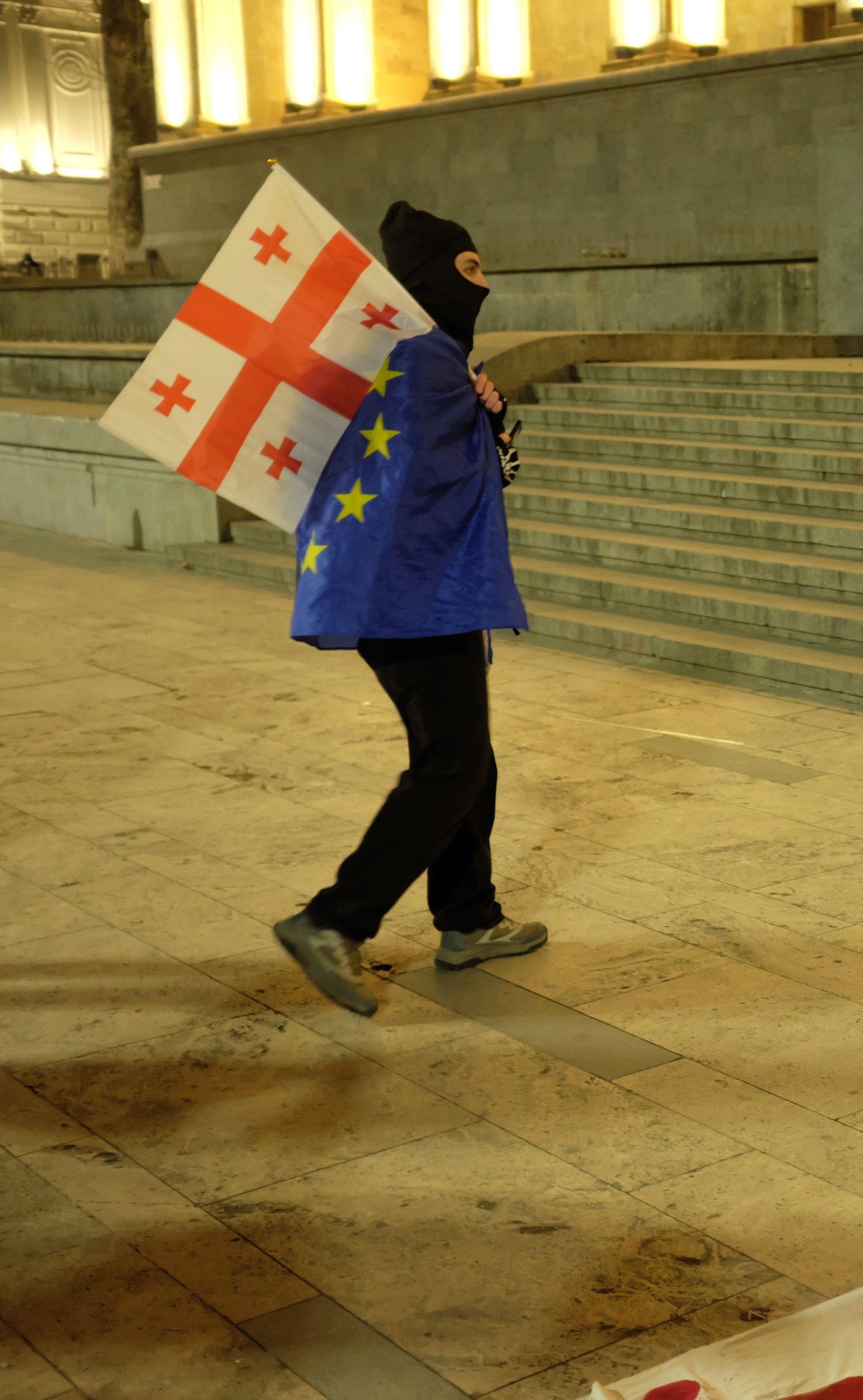

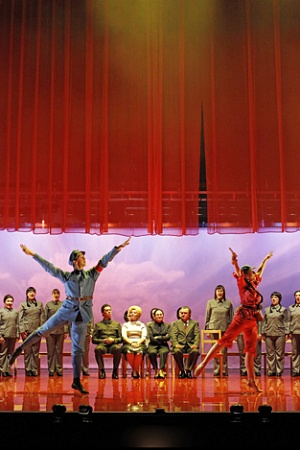

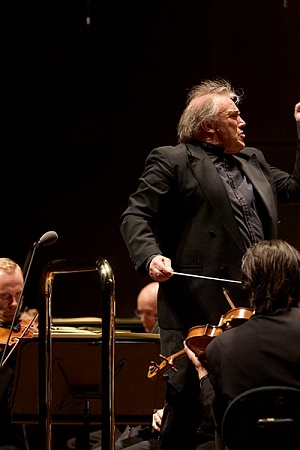


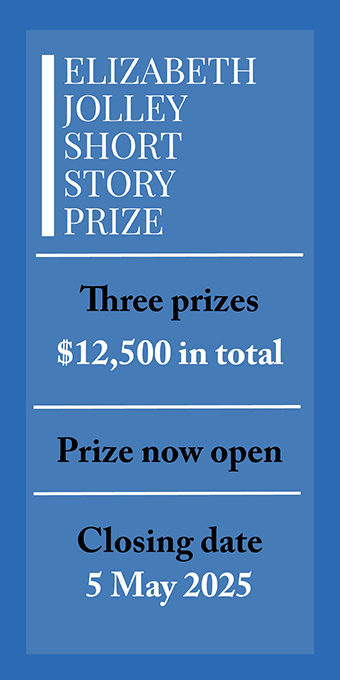
Leave a comment
If you are an ABR subscriber, you will need to sign in to post a comment.
If you have forgotten your sign in details, or if you receive an error message when trying to submit your comment, please email your comment (and the name of the article to which it relates) to ABR Comments. We will review your comment and, subject to approval, we will post it under your name.
Please note that all comments must be approved by ABR and comply with our Terms & Conditions.